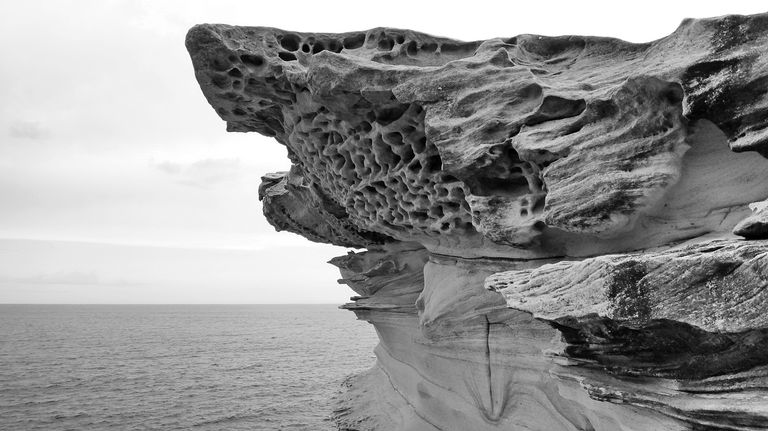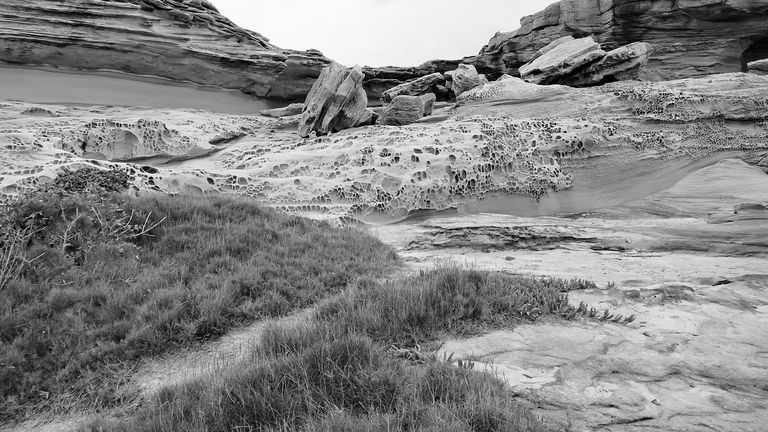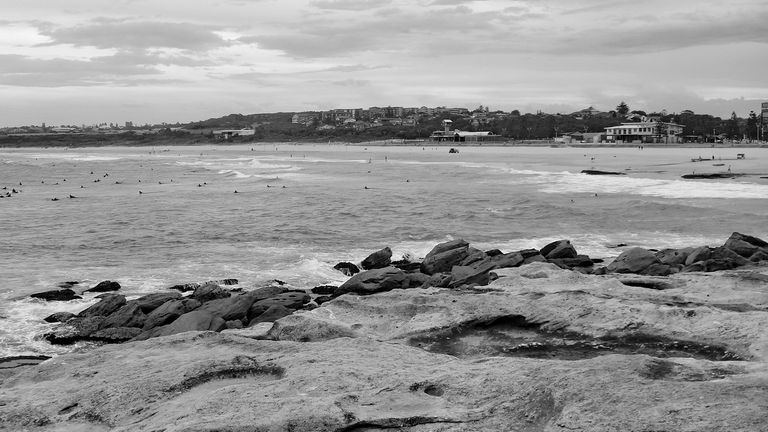The rugged coastline, adorned with dramatic cliffs and rocky outcrops, has long captivated explorers, photographers, and travelers alike. These formations, often seen in iconic places like California’s Big Sur, Ireland’s Cliffs of Moher, and Thailand’s Krabi cliffs, showcase the raw beauty of natural landforms shaped over millennia. But beyond their aesthetic appeal lies a complex geological story of how these stunning coastlines are born and shaped by forces both gradual and catastrophic.
The Role of Erosion and Weathering
Coastline cliffs and rocky shores owe their existence largely to erosion—a slow yet powerful force that sculpts the land. Coastal cliffs, which are steep rock faces that overlook the sea, form through continuous weathering and erosion processes. When waves repeatedly crash against the shore, they chip away at the rocks, causing pieces to break off and wear down over time. This process is intensified by the movement of tides, creating strong currents that accelerate the erosion of softer rock layers, leaving behind the more resistant sections to form cliffs and pillars.
The physical and chemical processes of weathering also play a part. Saltwater constantly battering the coastline introduces salt crystals into cracks and crevices within the rock. Over time, these crystals expand and contract due to temperature changes, further breaking down the rock through a process called salt weathering. Additionally, rainwater often combines with atmospheric carbon dioxide, forming a weak carbonic acid that gradually dissolves rocks made of calcium carbonate, such as limestone, creating unique formations, caves, and cliffs.
The Dance of Tectonic Plates
Another significant factor in cliff formation is tectonic activity. Coastlines positioned near tectonic boundaries experience seismic forces that uplift the land, creating towering cliffs. For instance, parts of California and New Zealand experience regular tectonic shifts, which lift up coastal rock layers. This uplift exposes new surfaces to the elements, allowing erosion to continue shaping these cliffs over time. Moreover, tectonic forces can cause fault lines along the coast, resulting in fractured rock layers and unique cliff structures that reveal the geological history of the area.
In some cases, these tectonic movements create distinctive formations such as sea stacks, arches, and columns. In places like Scotland’s Orkney Islands, tectonic uplift combined with erosion has sculpted breathtaking sea stacks and arches, which stand as monuments to the power of geological forces.
The Impact of Sea Level Changes
Sea levels have fluctuated throughout Earth’s history due to glaciation cycles, and these changes have left their mark on coastlines around the world. During periods when sea levels were lower, coastlines extended further out to sea, and waves eroded rock faces at different heights. As the glaciers melted and sea levels rose, the ocean encroached upon these eroded landforms, often carving deeper into the rock, creating the steep cliffs we see today.
Sea level changes continue to impact cliffs and rocky shores. When sea levels rise, the increased force and frequency of wave impact on the base of cliffs accelerate erosion, causing cliff faces to recede. Conversely, when sea levels fall, cliffs are left exposed to atmospheric elements, which cause different weathering patterns and allow vegetation to take root, subtly altering the landscape.
Unique Rock Formations: Caves, Arches, and Sea Stacks
Over time, the relentless force of the waves carves intricate formations within the cliffs. Sea caves form when waves exploit weak points in the rock, gradually hollowing out spaces. In some cases, these caves expand until they form natural arches—stunning, open windows to the sea. Over centuries, the roofs of these arches may collapse due to gravity, leaving isolated rock pillars known as sea stacks.
These formations are often short-lived in geological terms, as they are constantly subject to erosion. For example, the famous limestone Twelve Apostles off the coast of Australia are continually shrinking, with some stacks collapsing entirely over the years. Such formations remind us of the impermanence of these coastal landscapes and the forces constantly at work to reshape them.
Biological and Chemical Influences
The formation of coastal cliffs and rocks is also influenced by living organisms, particularly in warmer, tropical coastlines. Corals and mollusks contribute significantly to the development of limestone cliffs through a process known as bioerosion. These creatures settle on coastal rocks and secrete acids that help break down the rock, creating smaller fragments that wash away. Coral reefs, in particular, play a dual role, as they contribute to coastal structure while simultaneously protecting coastlines from the full force of incoming waves.
Chemical reactions between seawater and certain minerals within the rock also play a part in shaping cliffs. For example, oxidation (the reaction of minerals with oxygen in the water or air) can cause rocks to change color and weaken, contributing to the cliff's breakdown.
The Timeless Beauty of Coastal Cliffs and Rocks
The coastline's jagged cliffs and rocky outcrops are more than scenic wonders; they are records of geological history and testaments to the ceaseless natural forces that shape our planet. Each cliff face, sea stack, and wave-sculpted arch tells a story of tectonic shifts, relentless wave action, and changing sea levels. Coastal cliffs serve as silent witnesses to Earth’s changing landscapes, as well as reminders of the power and beauty of natural erosion.
The beauty of these coastal cliffs and rocks lies not only in their aesthetic appeal but also in their dynamic nature. They are ever-evolving landscapes, both ancient and new, embodying the interplay between water, wind, and rock. When standing at the edge of a cliff or gazing up at a rocky shoreline, we are reminded of the timeless beauty that results from nature’s artistry and power, leaving us humbled and inspired by the raw majesty of the world.


























